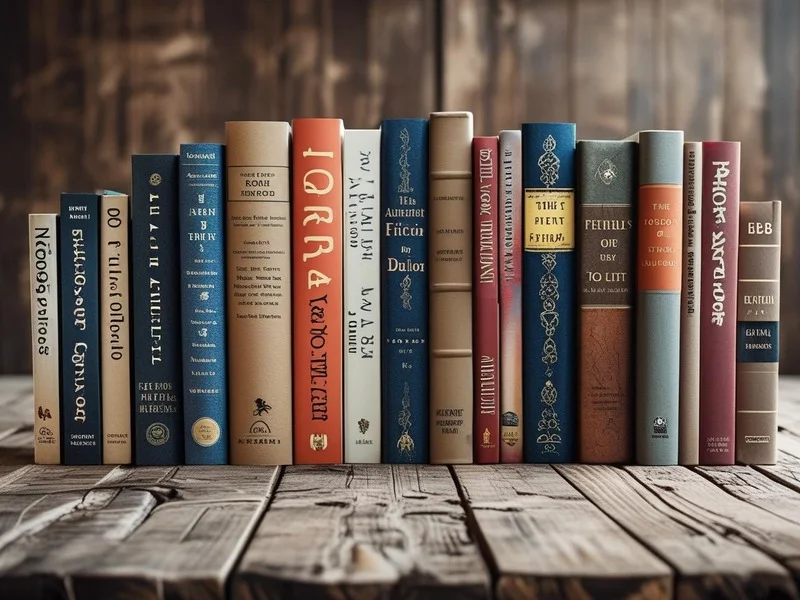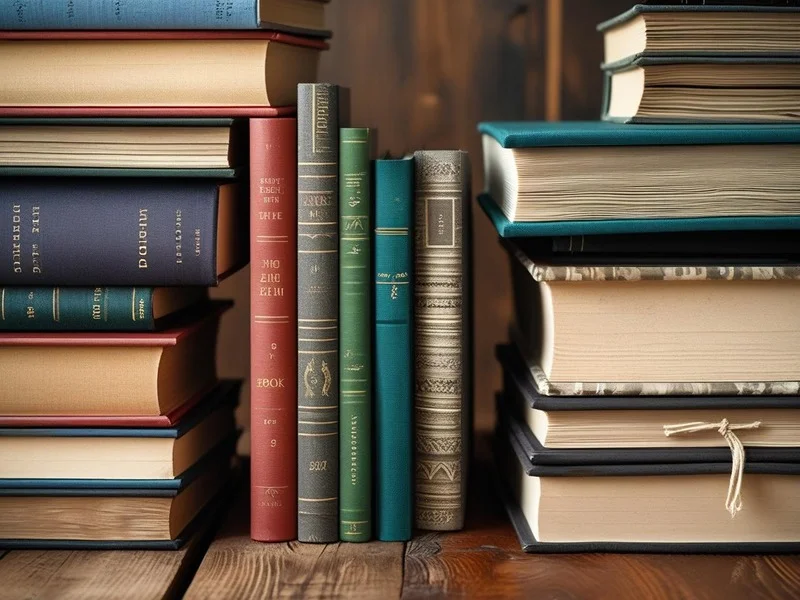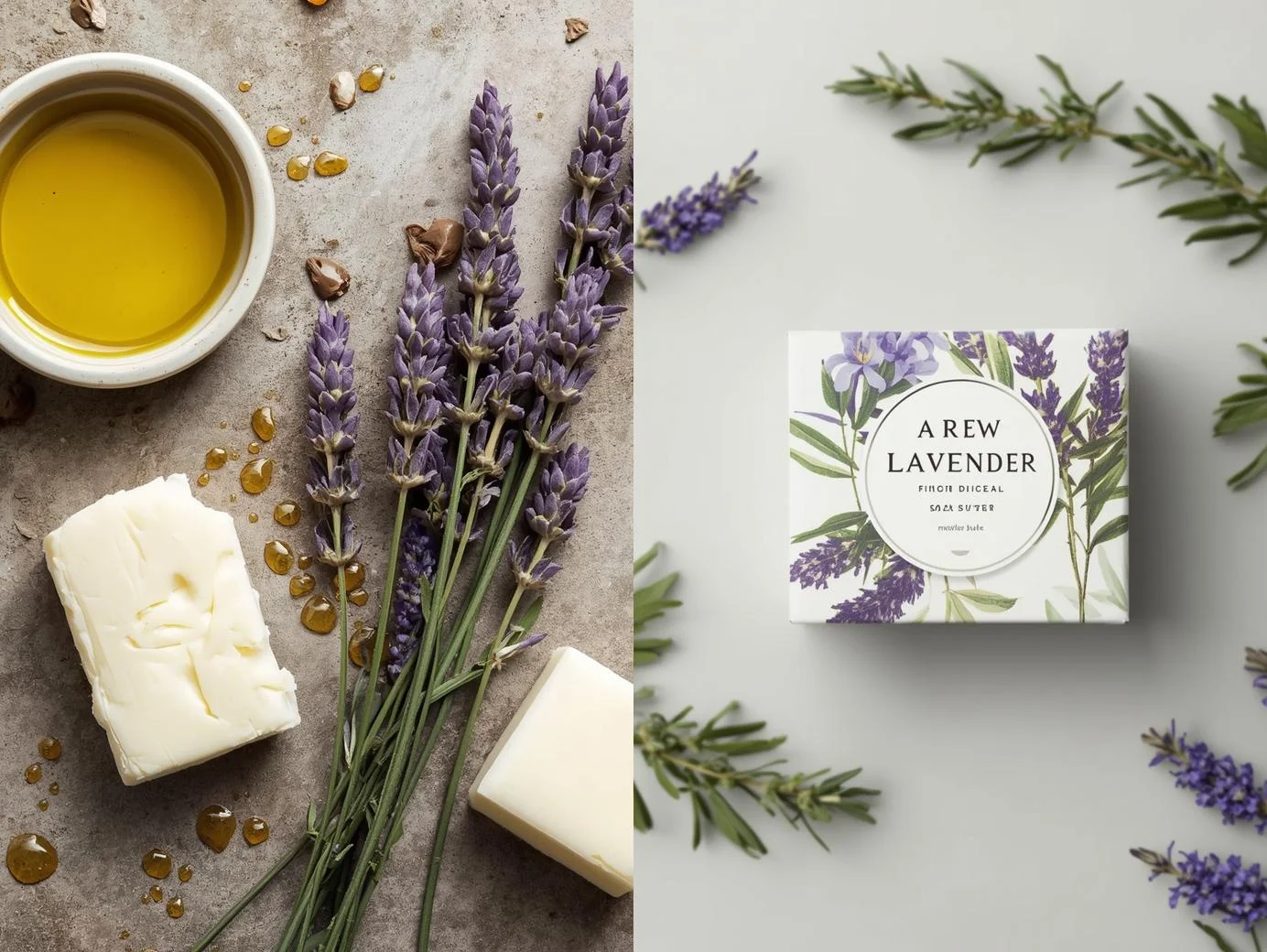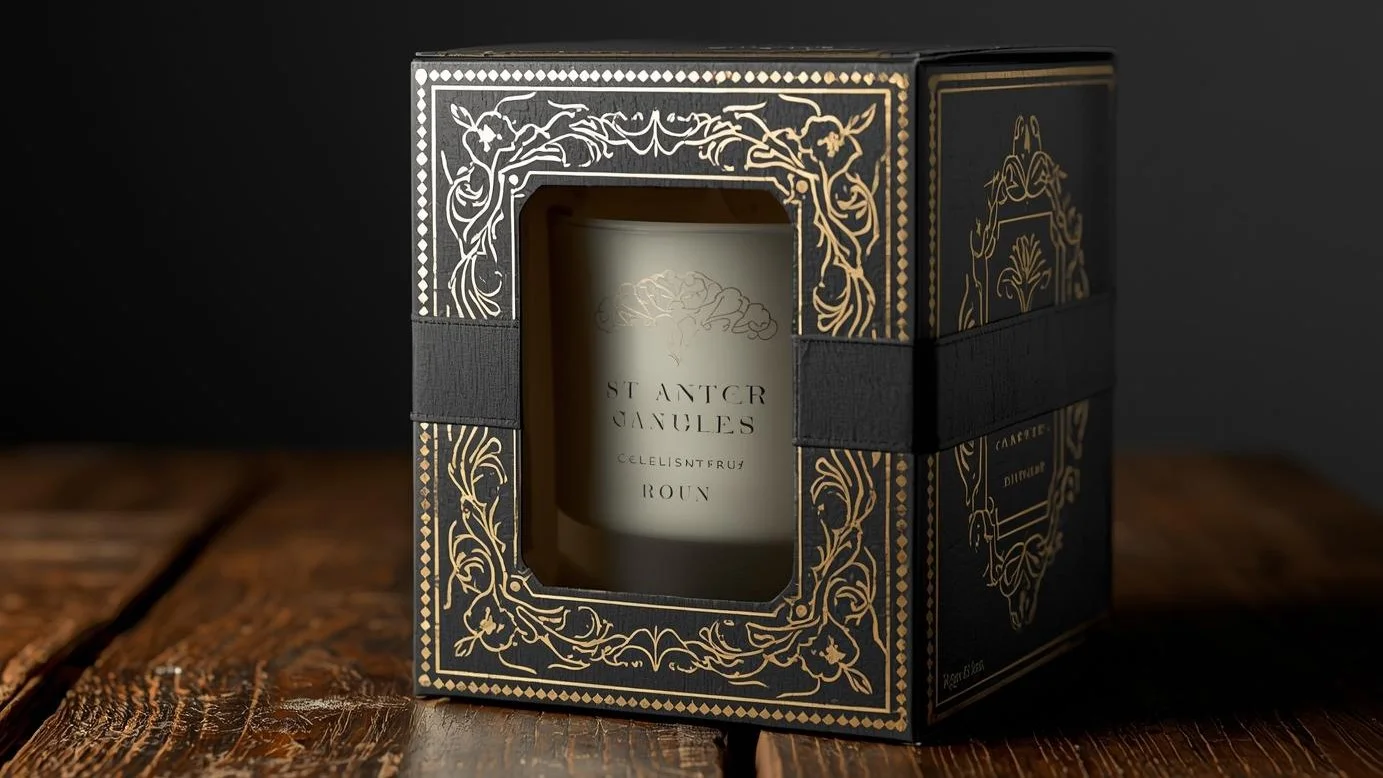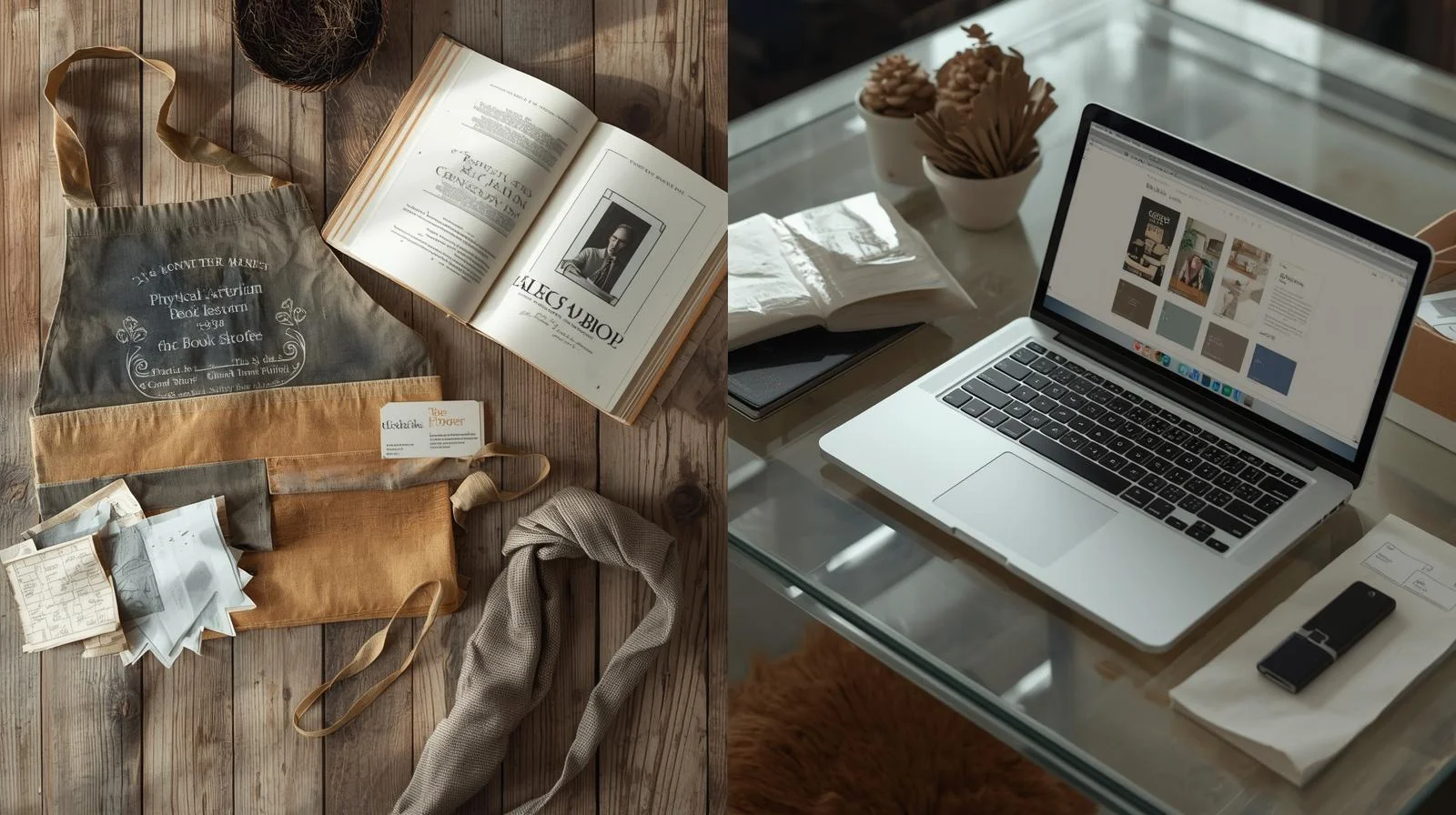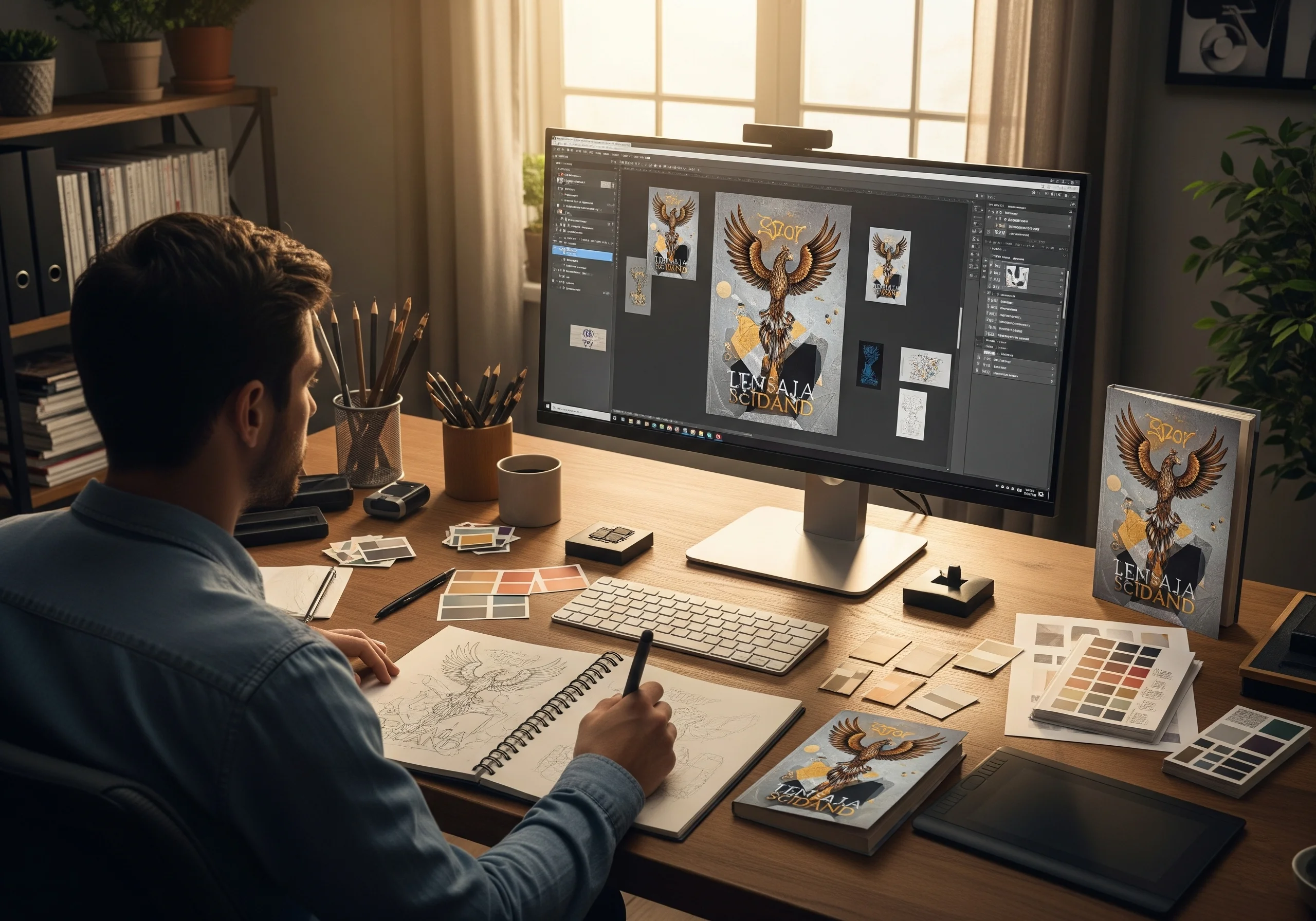Choosing the right book size, or trim size, is key to creating a professional, reader-friendly book. The size affects readability, cost, and how readers perceive your work. This guide explains the best book sizes for fiction, nonfiction, and children’s books. It also covers why trim size matters and how to pick the right one for your project. Our goal is to help authors, publishers, and self-publishers make informed decisions.
Table of Contents
ToggleWhy Book Size Matters
Book size impacts more than just appearance. It influences printing costs, reader comfort, and market expectations. A poorly chosen size can make your book look unprofessional or increase production costs. Here’s why trim size is critical:
- Reader Expectations: Readers associate certain sizes with specific genres. For example, mass-market paperbacks are often 4.25” x 6.87”, while children’s picture books are larger, like 8.5” x 8.5”.
- Printing Costs: Larger sizes or custom sizes cost more to print. Smaller sizes can reduce page count and save money.
- Readability: The size affects font size, line spacing, and layout, which impact how easy your book is to read.
- Shelf Appeal: A book that matches industry standards looks professional on bookstore shelves or online listings.
Best Book Sizes for Fiction
Fiction books vary by subgenre, but certain trim sizes dominate due to reader expectations and industry standards. Here are the most popular sizes:
- 5.5” x 8.5”: Common for paperbacks, especially mysteries, thrillers, and romance novels. It’s portable and fits well in bags or purses.
- 6” x 9”: Ideal for general fiction, literary fiction, and sci-fi. This size allows for comfortable font sizes and is widely used by self-publishers on platforms like Amazon KDP.
- 4.25” x 6.87”: Known as mass-market paperback size, it’s perfect for genre fiction like romance or fantasy. It’s compact and cost-effective.
Tips for Fiction Authors:
- Check bestselling books in your genre to match their trim size.
- Use crème paper for longer novels to improve readability.
- Avoid oversized formats unless your book has unique formatting needs.
Best Book Sizes for Nonfiction
Nonfiction books cover diverse topics, from memoirs to cookbooks, so trim size depends on content and audience. Popular choices include:
- 5.5” x 8.5”: Great for self-help, business guides, and memoirs. It’s compact and professional.
- 6” x 9”: The most common size for nonfiction, including biographies and general nonfiction. It balances readability and cost.
- 8.5” x 11”: Used for textbooks, workbooks, or books with charts and images. This size reduces page count for content-heavy books.
- 10” x 8” (Landscape): Perfect for art books, photography books, or coffee-table books. It showcases visuals effectively.
Tips for Nonfiction Authors:
- Choose thicker paper (e.g., 60lb white) for image-heavy books to avoid see-through.
- Consider larger sizes for books with complex layouts, like tables or diagrams.
- Test your size with print-on-demand services like IngramSpark to ensure cost efficiency.
Best Book Sizes for Children’s Books
Children’s books vary widely by age group and format. The right size enhances illustrations and readability for young readers. Common sizes include:
- 8.5” x 8.5” (Square): Popular for picture books. The square shape suits vibrant illustrations and is cost-effective.
- 8” x 10”: A standard for picture books with more text. It’s slightly taller, offering a traditional book feel.
- 7” x 10”: Great for chapter books and early readers with fewer illustrations. It’s portable for young readers.
- 11” x 8.5” (Landscape): Ideal for elaborate picture books with detailed artwork. It stands out on shelves.
Tips for Children’s Book Authors:
- Match the size to your audience’s age. Younger kids (3-5) prefer larger, square books; older kids (6-9) like smaller sizes.
- Use white paper for vibrant illustrations.
- Consult with your illustrator to ensure artwork fits the chosen size.
How to Choose the Right Book Size
Selecting the best trim size requires balancing your goals, audience, and budget. Follow these steps:
- Research Your Genre: Look at top-selling books in your category on Amazon or in bookstores. Note their sizes.
- Consider Your Audience: Think about who will read your book. Adults prefer portable sizes; kids need larger formats for visuals.
- Check Printing Options: Platforms like Amazon KDP and IngramSpark list supported trim sizes. Stick to standard sizes to avoid extra costs.
- Test Readability: Create a sample layout with your chosen size. Ensure fonts and margins are comfortable.
- Balance Cost and Quality: Smaller sizes reduce printing costs but may feel less premium. Larger sizes cost more but look professional.
Common Questions About Book Sizes
Here are answers to popular questions about book sizes, based on what readers often ask:
- What is trim size?
Trim size is the final width and height of a book’s pages after printing and trimming. It’s measured in inches or centimeters (e.g., 6” x 9”). - Does book size affect printing costs?
Yes. Larger sizes or custom sizes increase costs. Smaller sizes reduce page count and save money. - What’s the most popular book size?
The 6” x 9” size is the most versatile for fiction and nonfiction. For children’s books, 8.5” x 8.5” is common. - Can I use a custom book size?
Yes, but custom sizes cost more and may not be supported by all print-on-demand services.
Key Considerations for Self-Publishers
Self-publishing platforms like Amazon KDP and IngramSpark offer specific trim sizes. Here’s what to keep in mind:
- Standard Sizes Save Money: Stick to sizes like 5.5” x 8.5” or 6” x 9” for cost-effective printing.
- Check Platform Guidelines: Each platform has unique requirements. For example, KDP supports sizes from 4” x 6” to 8.5” x 11”.
- Hardcover vs. Paperback: Hardcovers may need slightly larger covers to wrap around the book block. Check with your printer.
Final Thoughts
Choosing the right book size is a balance of genre expectations, reader comfort, and printing costs. For fiction, stick to 5.5” x 8.5” or 6” x 9”. Nonfiction works well in 6” x 9” or 8.5” x 11” for content-heavy books. Children’s books shine in 8.5” x 8.5” or 8” x 10” for picture books. Always research your genre, test your layout, and consult your printing platform’s guidelines. A well-chosen size makes your book professional, affordable, and appealing to readers.


